At a time when New Delhi is vigilant of Beijing’s slightest of moves amid the two neighbours’ longest border standoff, China has again reacted aggressively, this time in the Indian Ocean. According to a report in India Today, China has deployed an advanced Yuan class — conventional diesel electric — submarine in the Indian Ocean Region (IOR). The presence of the stealth submarine was detected recently by the Indian Navy. In an interesting aside, Beijing also launched what it calls “the most advanced and largest warship in Asia,” just days after the standoff was reported. [caption id=“attachment_3775099” align=“alignleft” width=“380”] 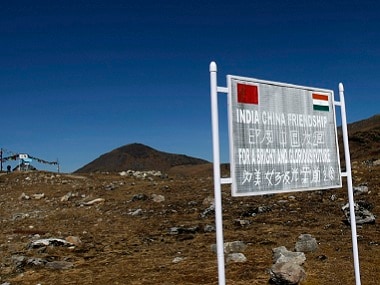 Representational image. Reuters[/caption] Although in an IANS report, sources have suggested that the moves have nothing to do with standoff between the Indian and Chinese troops along the Sikkim border, Beijing’s increased interference in the backyard of India is hardly news, yet a reason enough to be concerned about. Beijing has increasingly been assertive in the Indian Ocean, docking its warships at the ports of other countries in the region, bypassing Indian influence on it’s neighbours. Another Yuan class submarine was only recently “picked up” by Indian Navy’s Poseidon-8I long-range maritime patrol aircraft as soon as it crossed the Malacca Strait on 19-20 April. The India Today report too states that this would be China’s seventh submarine to be deployed in the area. Many more Chinese warships are prowling in the Indian waters. According to latest reports, at least 13 Chinese naval units were detected in the Indian Ocean over the last two months, The Times of India said — ostensibly in the name of anti-piracy operations. What does it mean? An article published in Institute of Peace and Conflict Studies, points out that the South and East China Seas are important arteries of trade in the entire Asia-Pacific region. The waterways are also a vital link between the Indian Ocean and the Pacific Ocean. The article states that nearly 55 percent of India’s trade passes through the crucial route while Japan and South Korea’s energy and commerce are also heavily dependent on sea routes. While China already commands control on East and South China Seas — despite unsettled disputes in the region — of late it is striking a more and more assertive posture in the IOR. Besides this, past experience in South China Sea shows that China’s policy of patient, stealthy but steady consolidation of power in disputed regions have paid up for Beijing in the past. Today, China has built “seven man-made islets in the hotly contested Spratlys, with the three boasting military-grade airfields. Beijing has also reportedly added anti-aircraft and anti-missile systems despite a 2015 pledge by Chinese President Xi Jinping not to further “militarise” the islands” in South China Sea, according to a report in The Japan Times. The newspaper report further claims it to be a “part of a steady pattern of Chinese militarisation,” irrespective of the stage at which its diplomatic relations were with its neighbours in dispute. Therefore, a similar authoritarian attitude in the Indian Ocean should ring a bell for New Delhi, irrespective of the current shape of bilateral ties. The String of Pearls theory A popular theory, decoding the Dragon’s foreign police, was mooted in 2005 by Booz Allen Hamilton, a US-based think-tank, called the String of Pearls. The theory presumes that China seems to be buttressing it’s naval strengths in Asia-Pacific waters by means of a number of civilian and military projects in Strait of Malacca, Sri Lanka, Pakistan, the Maldives, the Strait of Hormuz, Somalia, Bangladesh and Myanmar and which may, in the near future, allow China a foothold in the Indian Ocean region and some day become a Blue Water Navy. The purpose of such a move? To strategically control key trade routes, and thereby influence on most of it’s rival countries, and encircle and isolate India. However, an article in The Wire recently argues that Beijing may not even need a String of Pearls. The article states that China has openly stated that it would undertake a more proactive protection of its interests in ‘open waters’, apparently meaning the IRO. It is more interested in putting up peacetime replenishment with sea-bases for supplementing its naval capabilities than establishing military bases in Indian Ocean. The threat to India The IPCC articles quotes former Indian Air Force Chief Arup Raha’s views who believes that China is the single major security challenge to India’s growing interest in the Asia-Pacific region. The article further quote another defence and experts views stating that China’s rise should worry India because it not only seeks the status of the world power globally, but plans to do so by thwarting India. It is also said that China is wary, rather displeased, of the yearly tri-party Malabar maritime exercise. This year, Maritime forces from India, Japan and the US would participate in the joint mid-summer exercise aimed at addressing shared threats to maritime security in the Indo-Asia Pacific region. And Beijing is known to have deployed spy ships in the region to monitor the naval exercise, as reported in this The Indian Express report from last year. China has a long-standing border dispute that continues to simmer and talks have been largely inconsequential, despite several bouts of amicable relations. It is often argued that China patiently waits to settle its border disputes until such time that the power differential between the disputed parties overwhelmingly favours China, and the weaker state is forced to make significant concessions to Beijing to settle the disputes. Writing for the South Asia Monitor, Delhi-based strategic analyst Jai Kumar Verma argued in late 2016: “China has lot of surplus funds which it spends on poor countries to gain their support. China is much ahead of India in military power; it has bigger armed forces, more and better nuclear warheads and is modernising its armed forces at a much faster pace than India, especially in cyber and space.” China’s assertiveness is on a rise from all corners: PoK, Tibet, North East Indian border, and IOR. Unless India catches up fast, Beijing will always be at a strategic advantage to armtwist New Delhi on the border and try to impose a solution on its terms. Whether it chooses to do so, and when, only time will tell.
China seems to be buttressing it’s naval strengths in Asia-Pacific waters by means of number of civilian and military projects in East and South China Sea and now in Indian Ocean
Advertisement
End of Article


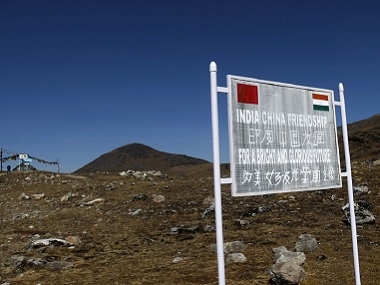)

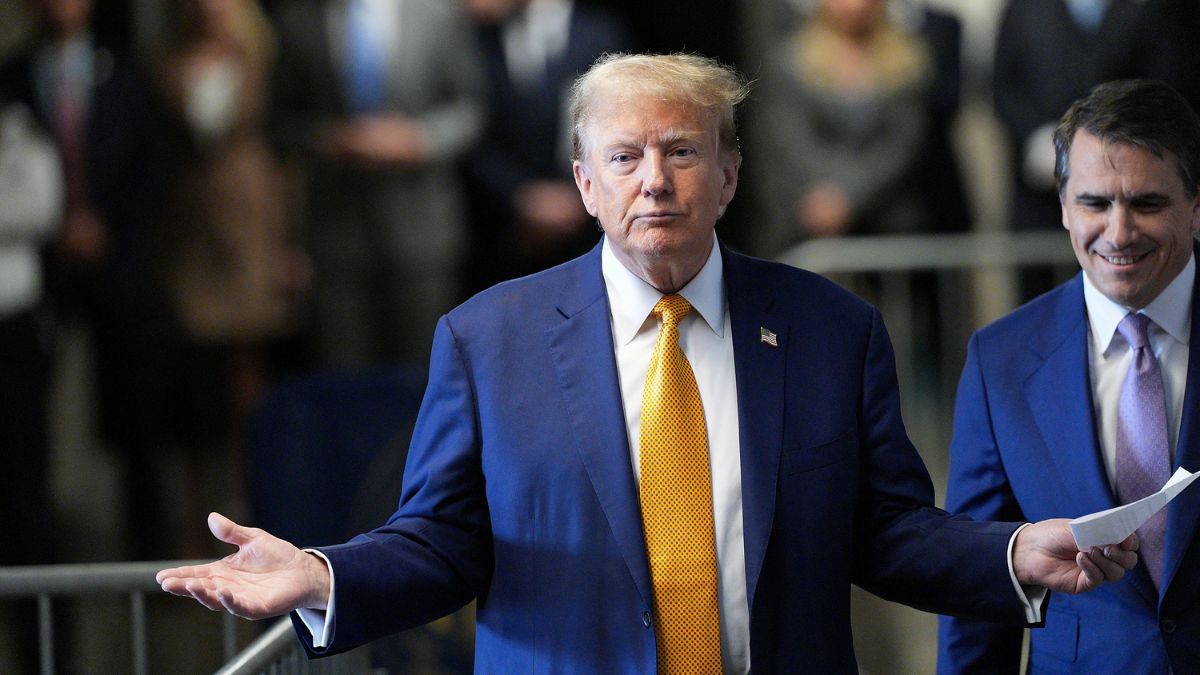)
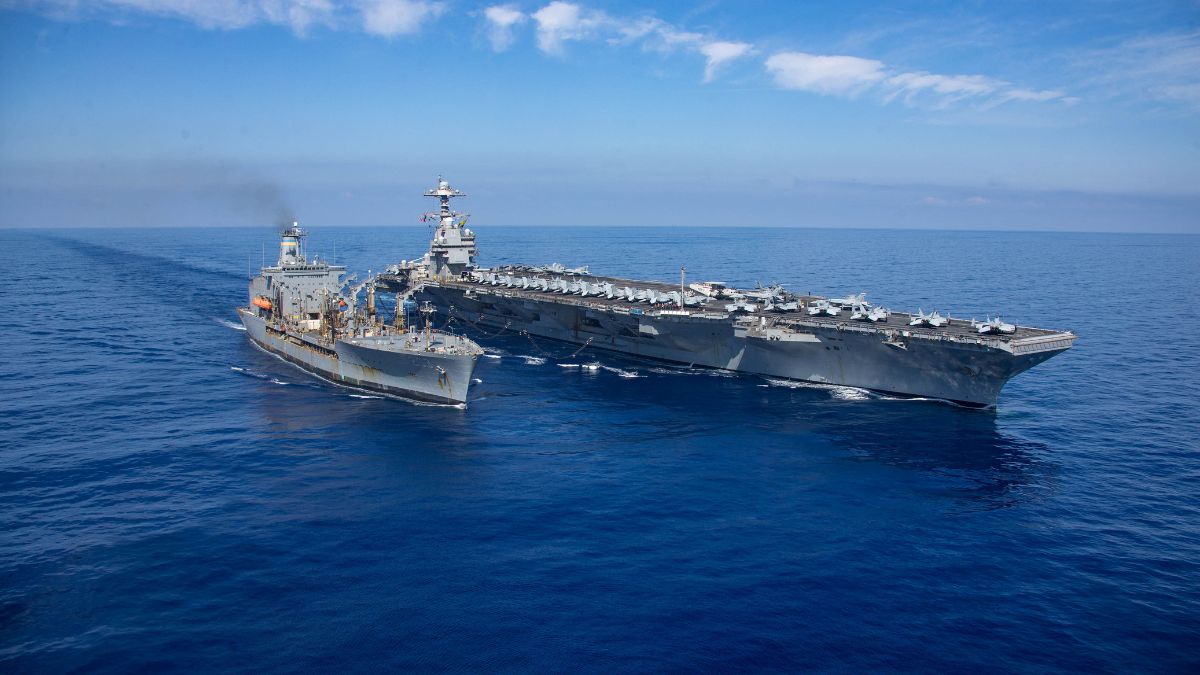)
)
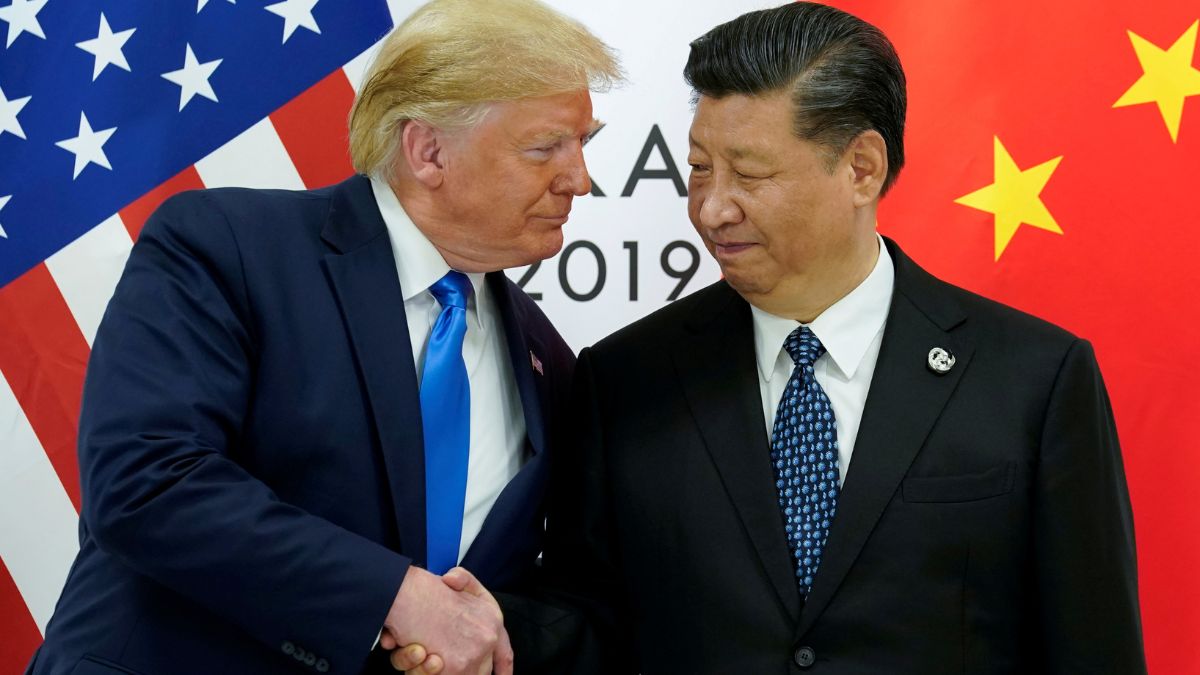)
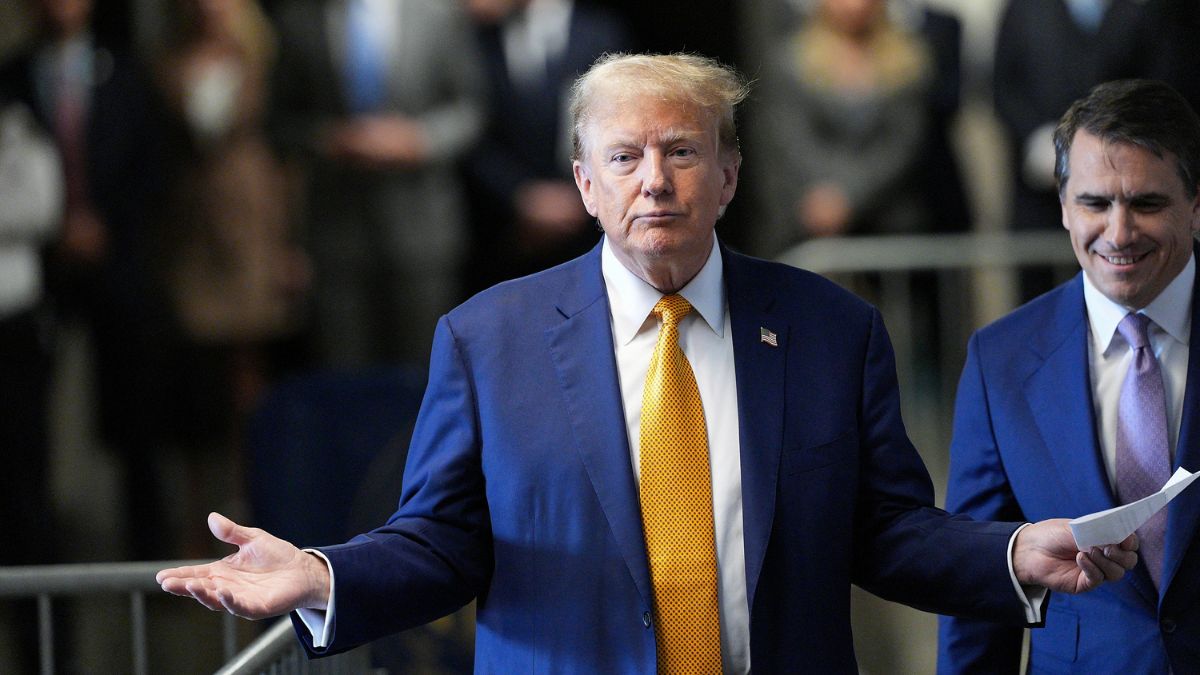)
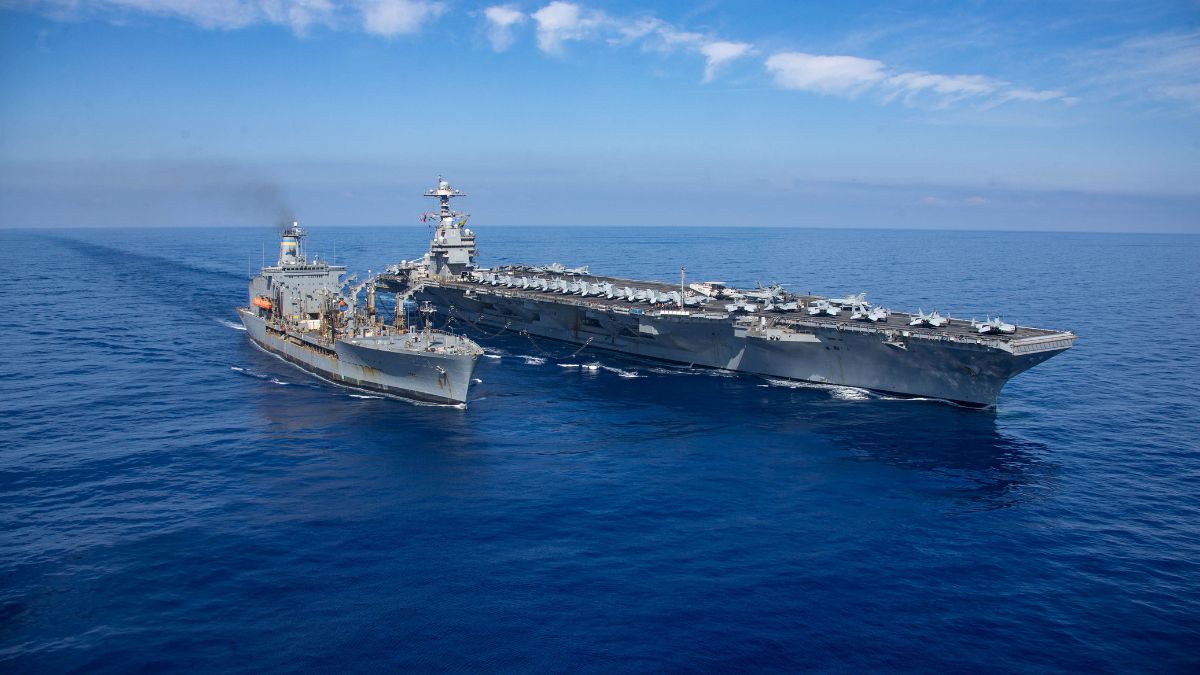)
)
)



